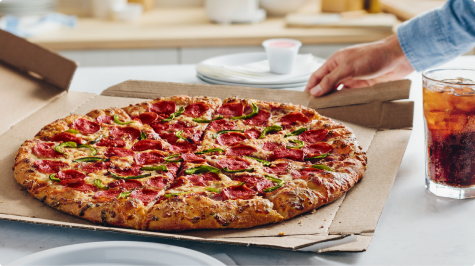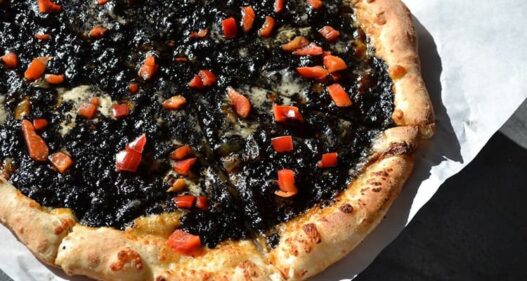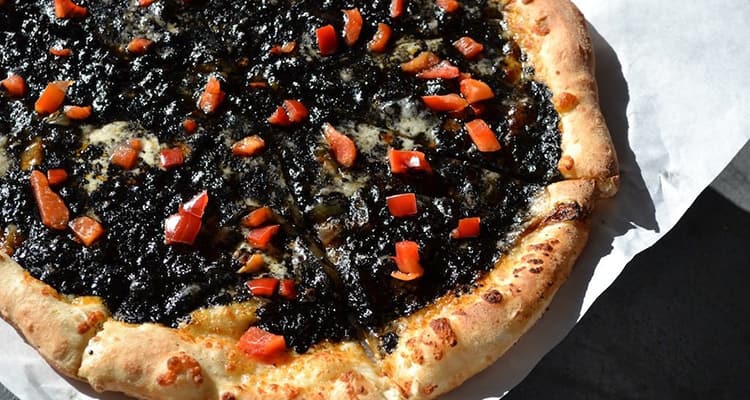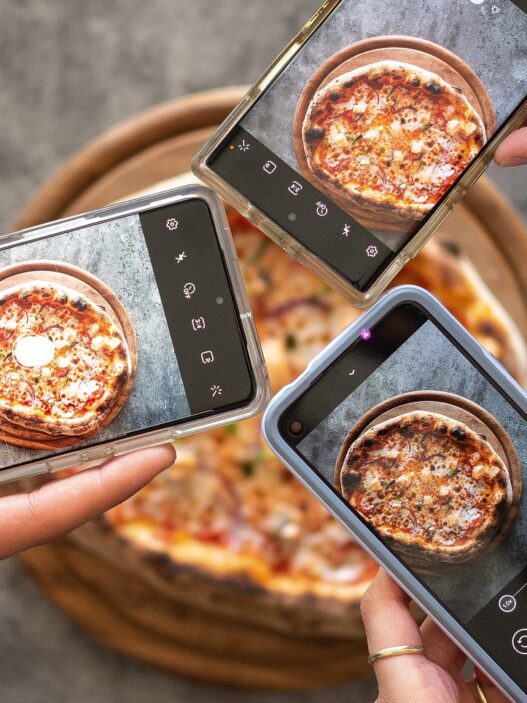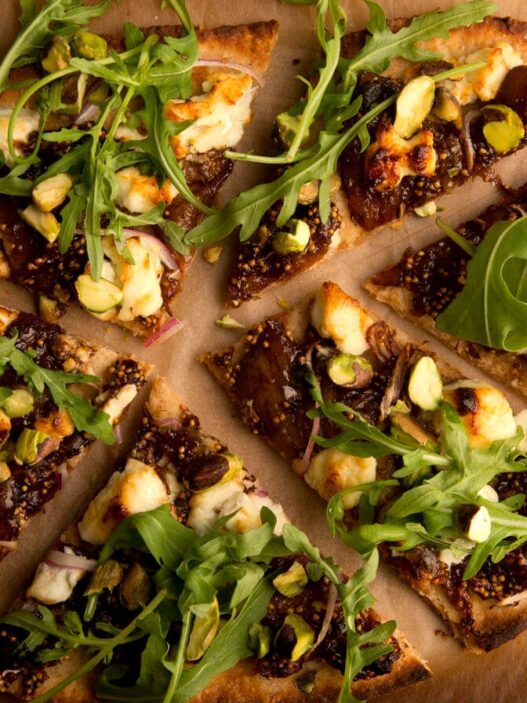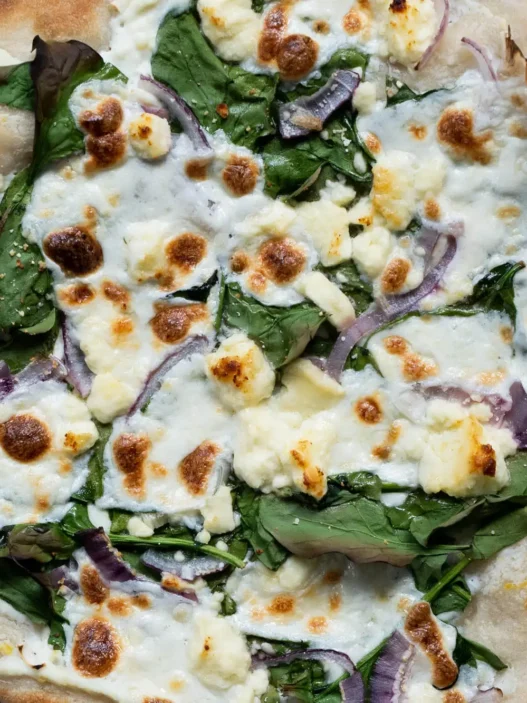Pizza has always been a canvas for creativity. From the humble Margherita in Naples to modern fusion pies in Los Angeles, the dish has been reinvented countless times. But some chefs and pizzerias take things far beyond mozzarella and pepperoni. Across the globe, daring pizza makers experiment with toppings that range from genius to downright bizarre. Whether you’re a pizza enthusiast, a restaurant owner seeking inspiration, or simply a curious foodie, these unusual combinations tell a fascinating story about how pizza adapts to culture, technology, and taste.
Why Weird Pizza Toppings Matter
Pizza isn’t just food—it’s a cultural mirror. The toppings people choose reflect local traditions, available ingredients, and a dash of culinary rebellion. For instance, corn on pizza is common in Japan, while curry pizzas dominate menus in India. What some might call strange is simply another culture’s comfort food.
For the pizza industry, keeping an eye on quirky topping trends isn’t just fun—it’s strategic. Unique toppings can spark viral marketing campaigns, attract adventurous diners, and even inspire entirely new menu categories.
The Strangest Pizza Toppings Around the World
1. Crocodile and Kangaroo Pizza – Australia
Down under, some pizzerias serve pies topped with crocodile, emu, or kangaroo. These meats are lean and rich in flavor, but they also speak to Australia’s culinary heritage. Tourists often order them for the novelty, but locals appreciate the sustainability angle: kangaroo is considered an eco-friendly protein source.
2. Reindeer Pizza – Finland
In Finland’s Lapland region, you’ll find pizzas topped with smoked reindeer. It’s often paired with onions, mushrooms, and a dollop of lingonberry jam. Think of it as a Nordic twist on sweet-and-savory flavor pairing.
3. Banana Curry Pizza – Sweden
A Swedish classic that baffles outsiders: sliced bananas, curry powder, and cheese. This sweet-and-spicy combo has become a cultural icon in Sweden, much like pineapple pizza in North America.
4. Squid Ink Pizza – Japan
Japan takes pizza innovation seriously, with squid ink making appearances as both a sauce and topping. The result is a striking black pizza with a briny, ocean-forward flavor. It’s visually stunning and surprisingly tasty.
5. Chocolate and Marshmallow Pizza – Brazil
Brazilian pizzerias often serve dessert pizzas, but one of the quirkiest is topped with melted chocolate, marshmallows, and sprinkles. It blurs the line between dinner and dessert.
6. Haggis Pizza – Scotland
In Edinburgh, you’ll find pizzas layered with Scotland’s national dish: haggis. Combined with cheese and onions, it makes for a surprisingly hearty slice that pairs perfectly with a pint.
The Evolution of Pizza Innovation
Weird toppings don’t just happen by accident—they’re part of a larger story about innovation in the pizza industry. As global food trends evolve, so does pizza.
- Plant-based pizzas: Unusual toppings now include jackfruit “pulled pork” and cashew-based mozzarella.
- Sustainability in sourcing: Uncommon local produce (like cactus in Mexico or taro in Hawaii) is making its way onto pies.
- Food technology: With advanced ovens like the Ooni home pizza oven, chefs and home cooks alike are experimenting with new ingredients faster than ever.
Pizza thrives on reinvention, and “weird” toppings often serve as test runs for what might become mainstream tomorrow.
Tools to Experiment at Home
If you’re inspired to create your own unusual pizza, having the right equipment matters. A few essentials:
- Best home pizza oven: Ooni Pizza Oven – heats up to 900°F for restaurant-quality pies at home.
- Pizza stones & steels: Create the perfect crispy crust.
- Artisanal pizza ingredients: From truffle oil to specialty flours, experiment with flavors beyond the basics.
- Cookbooks & guides: Explore international pizza recipes and topping combinations.
For more detailed tips, check out our guide to home pizza ovens and our perfect pizza dough recipe.
Lessons for Pizza Shop Owners
For pizza businesses, leaning into “weird” toppings can be a brilliant marketing strategy. A few takeaways:
- Create limited-time specials: Odd toppings generate buzz on social media and attract curious customers.
- Use data-driven menus: Modern pizza POS systems can track which novelty pizzas perform well.
- Think delivery-first: Unique pizzas photograph beautifully for apps like Uber Eats, boosting visibility.
Pairing creativity with operational efficiency is key. Check out our pizza shop marketing strategies to learn how to turn a quirky topping into a viral campaign.
FAQs About Weird Pizza Toppings
Q: What’s the weirdest pizza topping in the world?
A: It depends on cultural perspective, but common contenders include reindeer (Finland), banana curry (Sweden), and crocodile (Australia).
Q: Do people actually eat these pizzas, or are they just gimmicks?
A: Many of these pizzas are part of local tradition and enjoyed regularly. While tourists may see them as novelty items, locals often consider them comfort food.
Q: Can I make these unusual pizzas at home?
A: Absolutely. With the right tools like a home pizza oven and access to specialty ingredients, adventurous home cooks can replicate international pizza flavors.
Q: Are weird pizza toppings becoming more popular globally?
A: Yes. The rise of social media has accelerated the trend. Viral food culture rewards novelty, making unusual toppings a powerful marketing tool for both home cooks and restaurants.
Final Slice: Why Strange Toppings Matter
From reindeer to squid ink, the weirdest pizza toppings show us just how endlessly adaptable pizza can be. They prove that pizza is not a static recipe but a living, evolving tradition shaped by culture, technology, and creativity. Whether you’re making pizza at home with a high-heat oven, sourcing bulk pizza ingredients for a restaurant, or simply exploring new flavors, embracing the unusual keeps the spirit of pizza alive.
Pizza’s future is bright—and a little weird.
Disclaimer
This article contains affiliate links, which means Pizza Magazine may earn a commission if you make a purchase through them, at no extra cost to you. We only recommend products and services we genuinely believe in.




